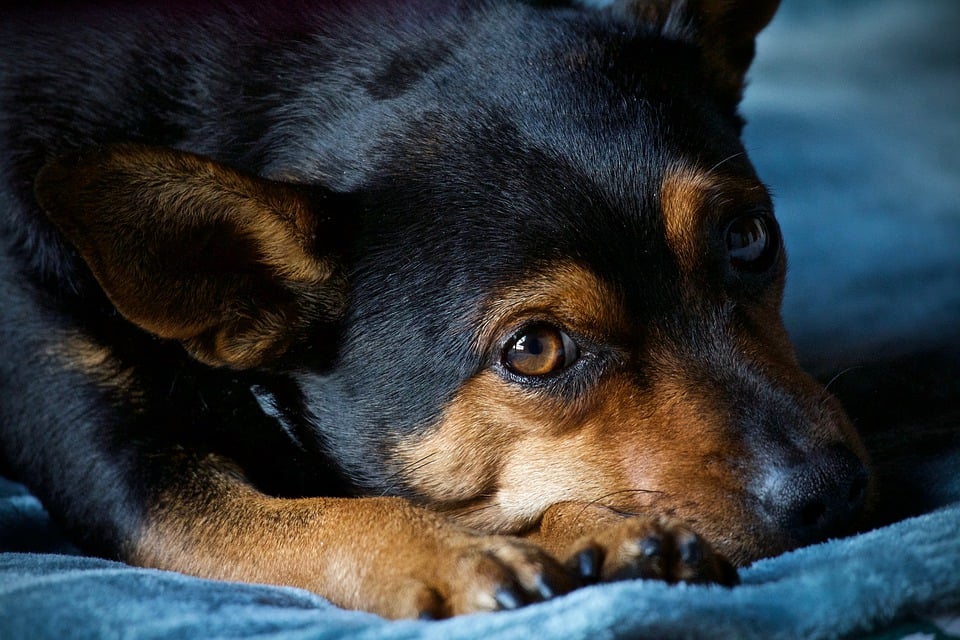Training a small dog can be a rewarding and fulfilling experience for both you and your furry friend. Small dogs may have different needs and temperaments compared to larger breeds, but with the right approach and techniques, you can teach them obedience, good behavior, and various tricks. In this comprehensive guide, we will walk you through the essential tips and techniques for training your small dog, ensuring a harmonious and well-behaved companion.
Understanding Small Dog Training:
Training a small dog requires a different mindset and approach compared to training larger breeds. Due to their size and sometimes stubborn nature, small dogs may be more challenging to train. However, with patience, consistency, and positive reinforcement, you can overcome these obstacles and have a well-behaved companion.
Setting Up a Training Routine:
Establishing a consistent training routine is crucial for small dog training success. Set aside regular, short sessions throughout the day when your dog is most receptive to learning. Consistency and repetition will help reinforce desired behaviors and make the training process smoother.
Basic Obedience Training:
Teaching basic obedience commands like “sit,” “stay,” “lie down,” and “come” is essential for small dog training. Start with one command at a time, using positive reinforcement techniques such as treats, praise, and rewards. Keep training sessions short and end on a positive note to keep your dog engaged and motivated.
House Training:
House training is a vital aspect of small dog training. Create a designated potty area and establish a consistent schedule for bathroom breaks. Use positive reinforcement and reward your dog for eliminating in the right spot. Be patient and avoid punishment for accidents, as it can hinder the training process.
Socialization and leash Training:
Socializing your small dog from an early age is crucial to prevent fearfulness or aggression towards other dogs or people. Introduce your dog to new environments, people, and dogs gradually, rewarding positive interactions. Leash training is also essential for small dogs, ensuring they walk calmly beside you without pulling or becoming reactive.
Teaching Fun Tricks:
Training your small dog to perform fun tricks not only provides mental stimulation but also deepens the bond between you and your furry friend. Teach tricks like “roll over,” “shake hands,” or “play dead” using positive reinforcement and patience. Break down tricks into smaller steps and reward your dog’s progress along the way.
Common Challenges in Training Small Dogs:
Small dogs can present specific challenges during training, including excessive barking, separation anxiety, or leash reactivity. Addressing these challenges requires understanding the root cause and implementing appropriate training techniques. Seek professional help if needed to overcome any training hurdles.
Frequently Asked Questions (FAQs):
Q: How long does it take to train a small dog?
A: The training duration varies depending on the dog’s age, temperament, and previous training experience. Consistency and patience are key, and it may take several weeks or even months to achieve desired results.
Q: What training methods work best for small dogs?
A: Positive reinforcement techniques, such as using treats, praise, and rewards, are highly effective for training small dogs. Avoid harsh punishment or forceful methods that can damage the trust and bond between you and your dog.
Q: Can you train an older small dog?
A: Yes, it is never too late to train a small dog, regardless of age. Older dogs can still learn new behaviors and commands with patience, consistency, and positive reinforcement.
Q: Should I consider professional training for my small dog?
A: If you are facing challenges in training your small dog or need guidance, professional training can be beneficial. Trainers with expertise in small breeds can provide personalized strategies and support to make the training process smoother.
In conclusion, training a small dog requires patience, consistency, and positive reinforcement. By following the tips and techniques outlined in this ultimate guide, you can build a strong bond with your furry friend and ensure they are well-behaved, obedient, and happy companions.









